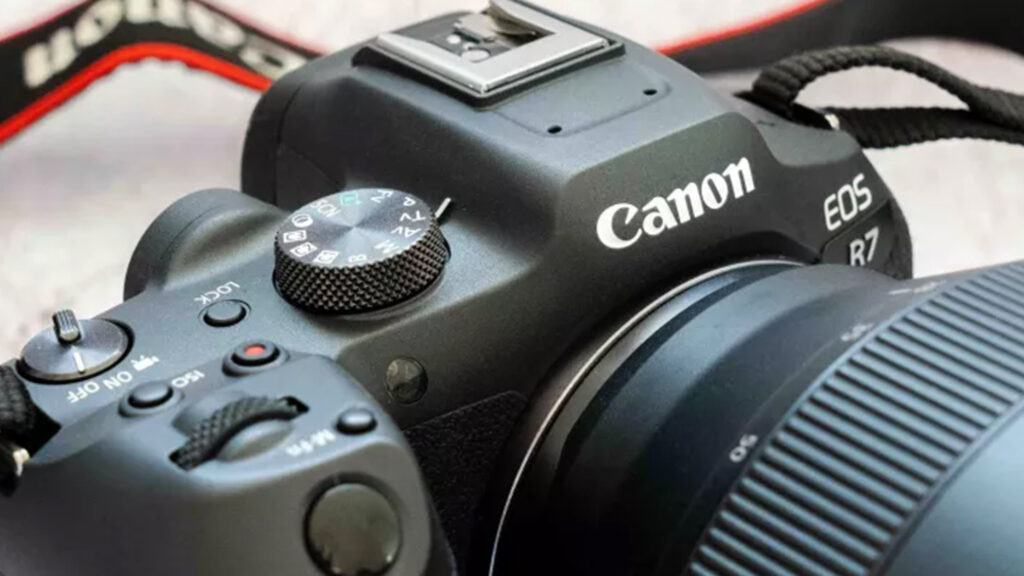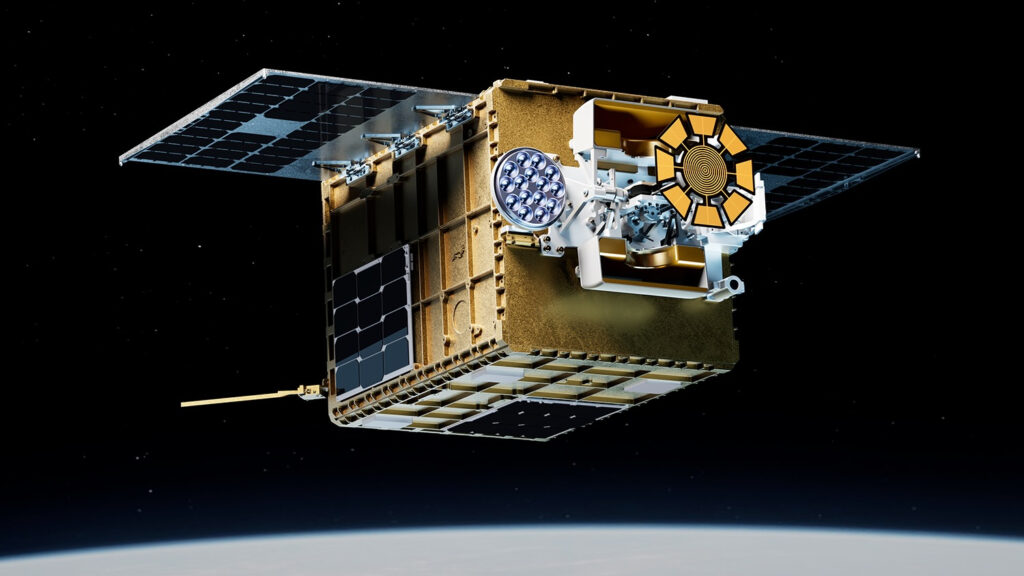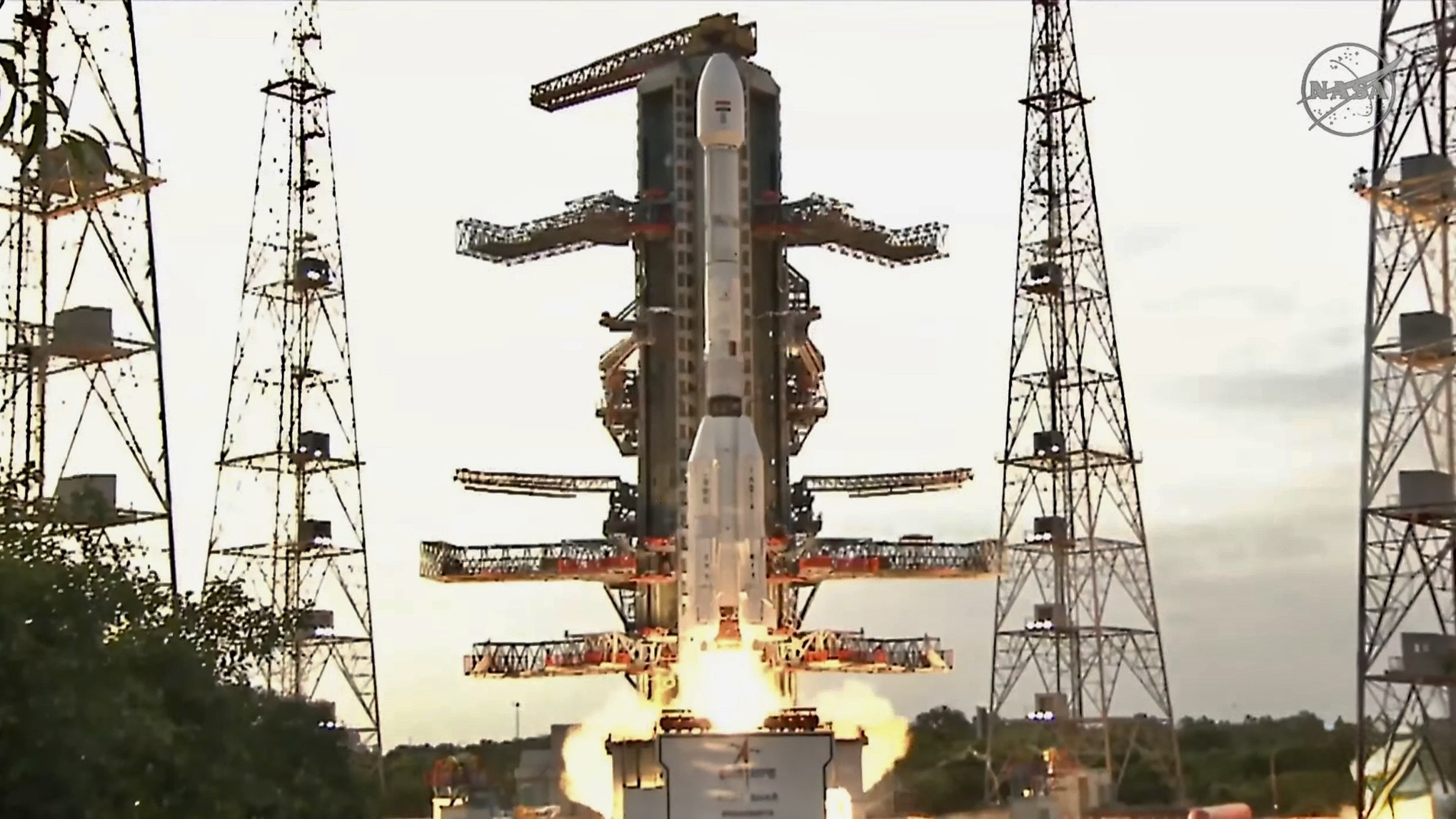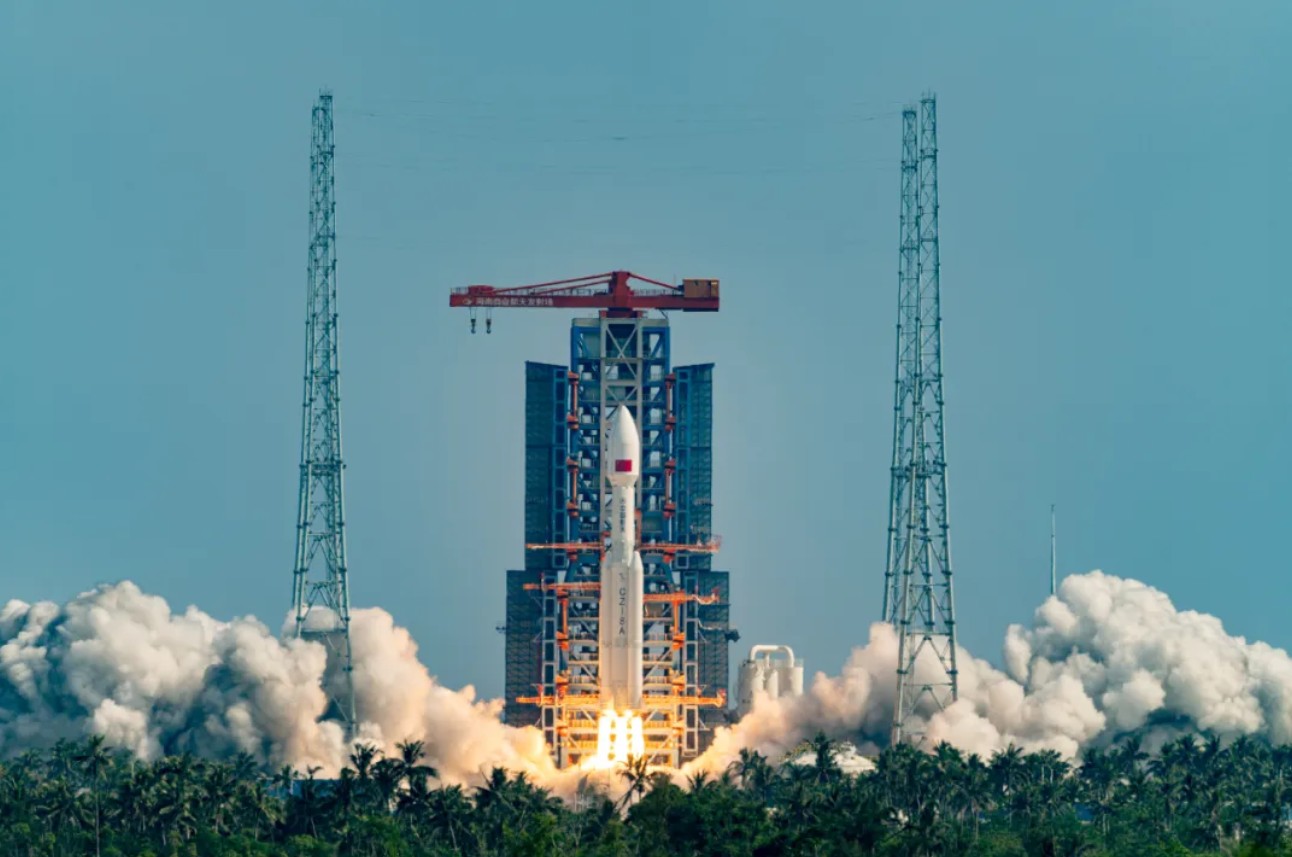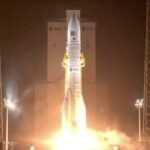Now Reading: ‘The Smithsonian Institution owns the Discovery.’ Museum resists Trump’s ‘Big Beautiful Bill’ plan to move space shuttle to Houston
-
01
‘The Smithsonian Institution owns the Discovery.’ Museum resists Trump’s ‘Big Beautiful Bill’ plan to move space shuttle to Houston
‘The Smithsonian Institution owns the Discovery.’ Museum resists Trump’s ‘Big Beautiful Bill’ plan to move space shuttle to Houston
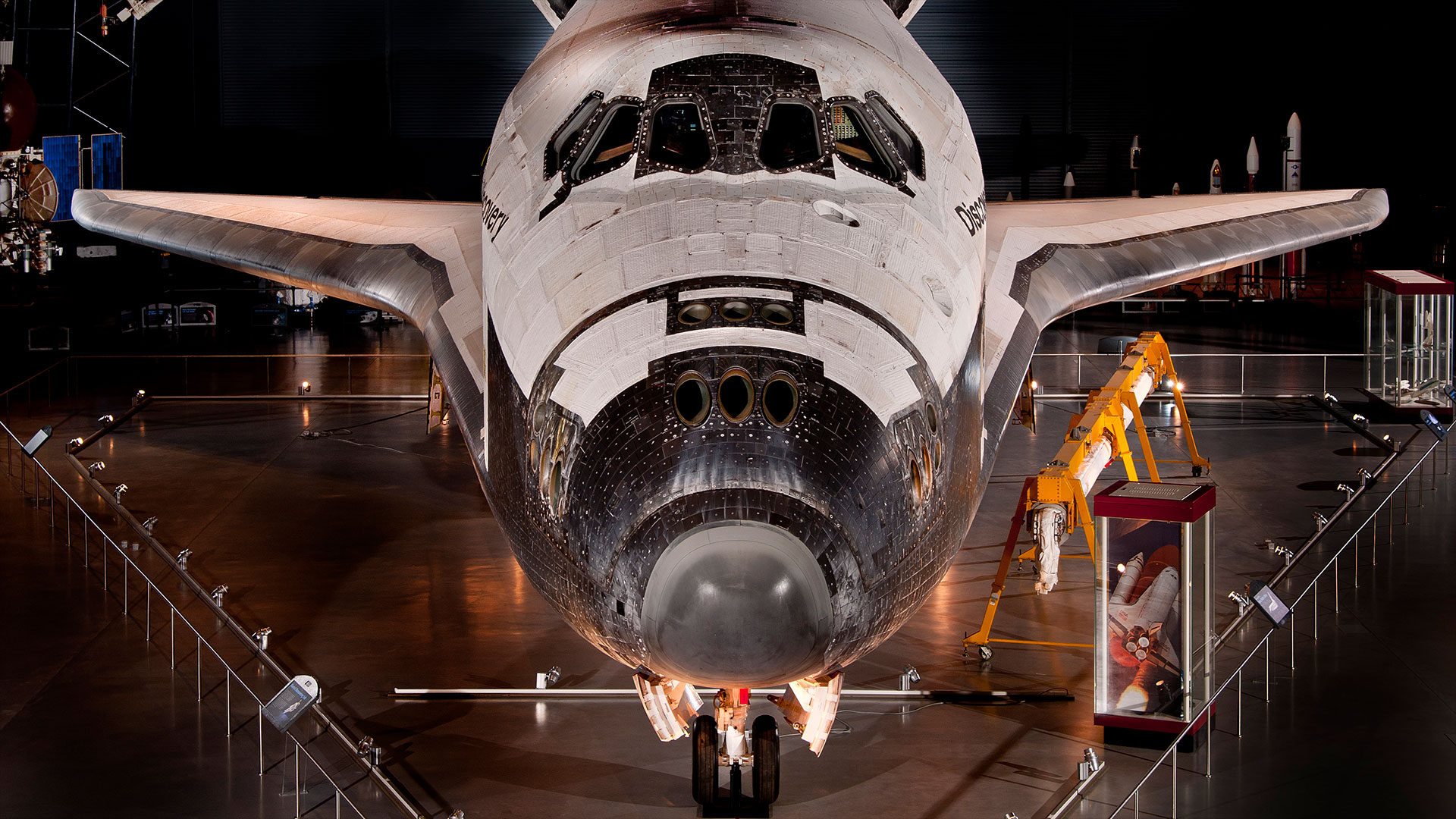
A provision in President Trump’s “Big Beautiful Bill” orders the Air and Space Museum to transfer ownership of Space Shuttle Discovery back to NASA for relocation near the space center in Houston. However, the Smithsonian Institution is not backing down on its stance that Congress has no legal authority to mandate Discovery’s removal, and they’re bringing the receipts.
It all started with the “Bring the Space Shuttle Home Act.” Introduced by Texas Senators John Cornyn (R) and Ted Cruz (R) in April, this act was an attempt to force the transfer of Space Shuttle Discovery from the Smithsonian‘s Steven F. Udvar-Hazy Center just outside Washington D.C. to NASA’s Johnson Space Center in Houston. The act stalled in committee and would have been dead in the water, but was rebranded and folded into the more than 1,100 pages of President Trump’s “Big Beautiful Bill” in an attempt to force the issue.
While the language of the legislation was altered to comply with Senate reconciliation rules, such as refraining to name Discovery directly, the goal remained the same. The new wording instead refers to the transfer of a “space vehicle” — to be specified by the NASA Administrator within one month of the bill’s signing — to a NASA facility “involved in the administration of the Commercial Crew Program” by January 2027. The Smithsonian has rejected the attempt outright, saying it has the paperwork to prove the Institution’s ownership of Discovery and that it’s critical the space shuttle remains in its care.
The provision in Trump’s bill allocates $85 million for Discovery’s transfer and directs NASA and the Smithsonian to develop a plan for its completion. At least $5 million of that sum is earmarked specifically for the vehicle’s relocation; the rest is meant for the construction of a new facility that can publicly display the shuttle.
The Smithsonian’s stance
In a formal response, the Smithsonian Institution says it owns Discovery, which, like the rest of its collection, is held in trust for the American public. The Smithsonian asserts that NASA transferred “all rights, title, interest and ownership” of the shuttle to the Institution in 2012, and that it is “part of the National Air and Space Museum’s mission and core function as a research facility and the repository of the national air and space collection.”
The Smithsonian was awarded the privilege of providing Discovery’s retirement home in 2011, when NASA announced the fates of all the decommissioned space shuttles. During the Senate appropriations committee’s full committee markup hearing on Trump’s Big Bill July 10, Illinois Sen. Dick Durbin (D) proposed an amendment titled “Houston, We Have a Problem,” saying, “one of the states that lost in that competition 12 years ago has come up with a new idea: Let’s do it over again and make sure Texas wins.”
“This is not a transfer,” Durbin said, “it’s a heist — a heist by Texas because they lost the competition 12 years ago.” After expressively iterating his concerns about the issue, Durbin withdrew his amendment, but suggested his colleagues “be honest” about it going forward.
A legal question
The question of whether Congress can, in fact, dictate the transfer of Discovery — or any of the Smithsonian’s artifacts — is a murky one, legally speaking. The Institution is considered a “trust instrumentality,” meaning it is recognized as a public trust created by Congress, but distinct from federal agencies. This allows the Smithsonian to operate independently while receiving about two-thirds of its funding from Congressional appropriations. Furthermore, legal precedent establishes that artifacts donated to the Institution become Smithsonian property, not federal property.
This will be the first time ever in the history of the Smithsonian someone has taken one of their displays and forcibly taken possession of it.
Sen. Dick Durbin
“This will be the first time ever in the history of the Smithsonian someone has taken one of their displays and forcibly taken possession of it. What are we doing here?” Durbin decried during the hearing. “They don’t have the right in Texas to claim this.”

The Smithsonian is also governed by the Board of Regents: a body led by the Chief Justice of the Supreme Court as its chancellor, the Vice President, three members of the House and three from the Senate, as well as nine citizen regents. While the Board’s leadership has some power to steer the body in the direction of its political will, its civilian members — which include museum professionals and academics — would likely play a key role in resisting those pressures if they so choose. And, while Congress could attempt to override the Smithsonian’s authority, such an act would undoubtedly be met with extensive legal pushback.
Now that the Big Beautiful Bill has passed, NASA has begun working to ensure the agency’s compliance. A week before the Aug. 4 deadline for the agency Administrator to specify exactly which vehicle it would be relocating, a NASA spokesperson said in a statement to Space.com: “The agency will put all enacted funding to good use and continue to work diligently to execute the President’s vision for the future of space as we usher in the Golden Age of human space exploration and innovation.”
Logistics
Legal questions notwithstanding, the logistics of moving Discovery may also pose a serious challenge. Transporting Discovery from its hangar at Udvar-Hazy all the way to Houston, Texas, “would be very complicated and expensive, and likely result in irreparable damage to the shuttle and its components,” a Smithsonian spokesperson told Space.com in a July 25 email.
In the past, shuttles could be flown across the country on the backs of Boeing 747 jets. This was accomplished using giant mounting machinery known as the “Mate-Demate Devices” located at NASA’s Kennedy Space Center in Florida, or the Armstrong Flight Research Center in California. However, both locations’ devices were dismantled in 2014, eliminating the purpose-built infrastructure used to facilitate easy transportation of the space shuttles across long distances. While other methods could ostensibly get the job done, few options exist. And, they’re costly.
Even short distances are problematic for the task of transporting something as large as the 122-foot-long (37-meter-long), 78-foot-wide (24-meter-wide) space shuttles. Endeavour’s 2012 road trip through Los Angeles, for example, required months of planning and involved citywide road closures and the removal of trees and other roadside infrastructure in the vehicle’s path to facilitate the journey from LAX to the California Science Center. And, while Enterprise and Discovery are both housed in large hangers reinforced to support their massive sizes, Atlantis and, eventually, Endeavour were wrapped in protective layers as the buildings designed for their exhibits were, or are, being built around them.

Part of Discovery’s status within the Smithsonian’s archival trust ensures the museum’s responsibility to preserve the orbiter through “world-class preservation and conservation methods,” the Institution spokesperson said, warning, “the orbiter is a fragile object and must be handled according to the standards and equipment NASA used to move it originally, which exceeds typical museum transport protocols.”
Logistical hurdles for safely transporting Discovery include dismantling the structural supports of its current exhibit, assured clear transit corridors and controlled humidity environments through which it can pass. According to Durbin, NASA and the Smithsonian estimate the true relocation costs could reach upwards of $305 million, far more than the $85 million allocated in the Big Beautiful Bill.
RELATED STORIES
The full statement from the Smithsonian Institution can be read here in full:
“Collecting and preserving artifacts like Space Shuttle Orbiter Discovery is part of the National Air and Space Museum’s mission and core function as a research facility and the repository of the national air and space collection. The Smithsonian Institution owns the Discovery and holds it in trust for the American public. In 2012, NASA transferred “all rights, title, interest and ownership” of the shuttle to the Smithsonian. The museum is charged with collecting, preserving, and displaying aerospace objects and artifacts of historical interest and significance for current and future generations. The museum holds the comprehensive collection of artifacts that document America’s successful efforts to lead the world in human exploration. The Steven F. Udvar-Hazy Center welcomes millions of visitors, at no entry cost, to experience, study, and see one of the museum’s centerpieces: Discovery.”
Stay Informed With the Latest & Most Important News
-
 012024 in Review: Highlights from NASA in Silicon Valley
012024 in Review: Highlights from NASA in Silicon Valley -
 02Panasonic Leica Summilux DG 15mm f/1.7 ASPH review
02Panasonic Leica Summilux DG 15mm f/1.7 ASPH review -
 03From Polymerization-Enabled Folding and Assembly to Chemical Evolution: Key Processes for Emergence of Functional Polymers in the Origin of Life
03From Polymerization-Enabled Folding and Assembly to Chemical Evolution: Key Processes for Emergence of Functional Polymers in the Origin of Life -
 04How New NASA, India Earth Satellite NISAR Will See Earth
04How New NASA, India Earth Satellite NISAR Will See Earth -
 05And Thus Begins A New Year For Life On Earth
05And Thus Begins A New Year For Life On Earth -
 06Astronomy Activation Ambassadors: A New Era
06Astronomy Activation Ambassadors: A New Era -
07SpaceX launch surge helps set new global launch record in 2024













